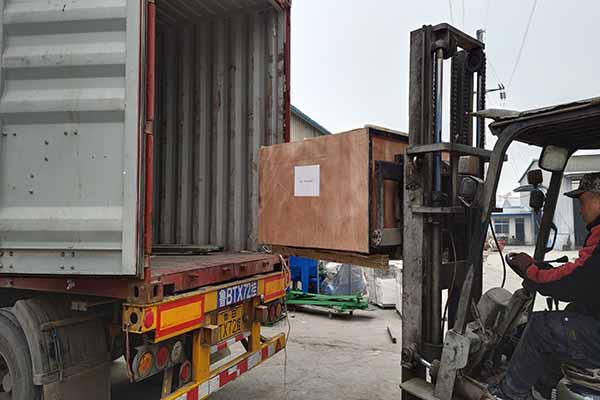Post-maintenance Cost Analysis for Automated Equipment in Uganda Chicken Farms
Time : 2025-04-24
In the bustling poultry industry of Uganda, the implementation of automated equipment has been a game-changer. From automatic feeders to climate control systems, these technologies have significantly boosted productivity and efficiency. However, one aspect that often goes unnoticed is the post-maintenance cost of these sophisticated systems. In this article, we’ll dive into the details of maintaining automated equipment in Uganda’s chicken farms, focusing on the costs involved and how to manage them effectively.
Understanding Post-maintenance Costs
When you invest in automated equipment for your chicken farm, you’re not just looking at the initial purchase price. The real story unfolds after the equipment is up and running. Post-maintenance costs include a variety of expenses, such as:
– Parts Replacement: Over time, components will wear out and need replacing.
– Technical Support: Depending on the complexity of the system, you might need professional help to troubleshoot issues.
– Energy Consumption: Keeping these systems running efficiently will incur energy costs.
– Training: Regularly training staff to operate and maintain the equipment can add to your expenses.
The Challenges in Uganda
Let’s face it, running a chicken farm in Uganda comes with its unique set of challenges. Here are a few factors that can impact the post-maintenance costs:
– Supply Chain: Sometimes, sourcing replacement parts can be difficult, especially for specialized equipment.
– Power Outages: Regular power cuts can affect the performance of automated systems, leading to additional repairs.
– Skilled Labor: Finding skilled technicians who understand the equipment can be a hurdle.
Cost-Benefit Analysis
So, how do you ensure that the benefits of automated equipment outweigh the costs? Here’s a step-by-step approach:
1. Invest in Quality: Purchase equipment from reputable suppliers. This might cost a bit more upfront, but it’ll save you money in the long run by reducing maintenance needs.
2. Regular Maintenance: Establish a routine maintenance schedule. Regular checks can prevent major breakdowns and extend the life of your equipment.
3. Training: Ensure that your staff is adequately trained to handle basic maintenance tasks. This can reduce the need for professional support.
4. Monitor Energy Usage: Implement energy-efficient practices to lower your energy bills.
Case Study: A Successful Uganda Chicken Farm
Take the example of the Uganda Poultry Solutions farm. They invested in top-of-the-line automated systems and have been able to manage their post-maintenance costs effectively. Here’s how they did it:
– Parts Inventory: They maintain a stock of common replacement parts to avoid delays.
– Energy Efficiency: They’ve installed solar panels to reduce reliance on the grid.
– Local Partnerships: They’ve partnered with local technicians who understand the local environment and equipment.
Tips for Managing Post-Maintenance Costs
1. Budget Allocation: Include a budget for post-maintenance costs when planning your farm’s finances.
2. Preventive Maintenance: Don’t wait for problems to arise. Regular maintenance can save you a lot of money.
3. Insurance: Consider insurance for your equipment to cover unexpected repairs or replacements.
4. Stay Informed: Keep up with the latest trends and technologies in automated poultry farming. This can help you make informed decisions about upgrades and maintenance.
Conclusion
In conclusion, the post-maintenance cost of automated equipment in Uganda chicken farms is a critical aspect that should not be overlooked. By understanding the challenges, implementing effective management strategies, and staying informed, you can ensure that your investment pays off. Remember, a well-maintained automated system is the key to a successful and profitable chicken farm.












